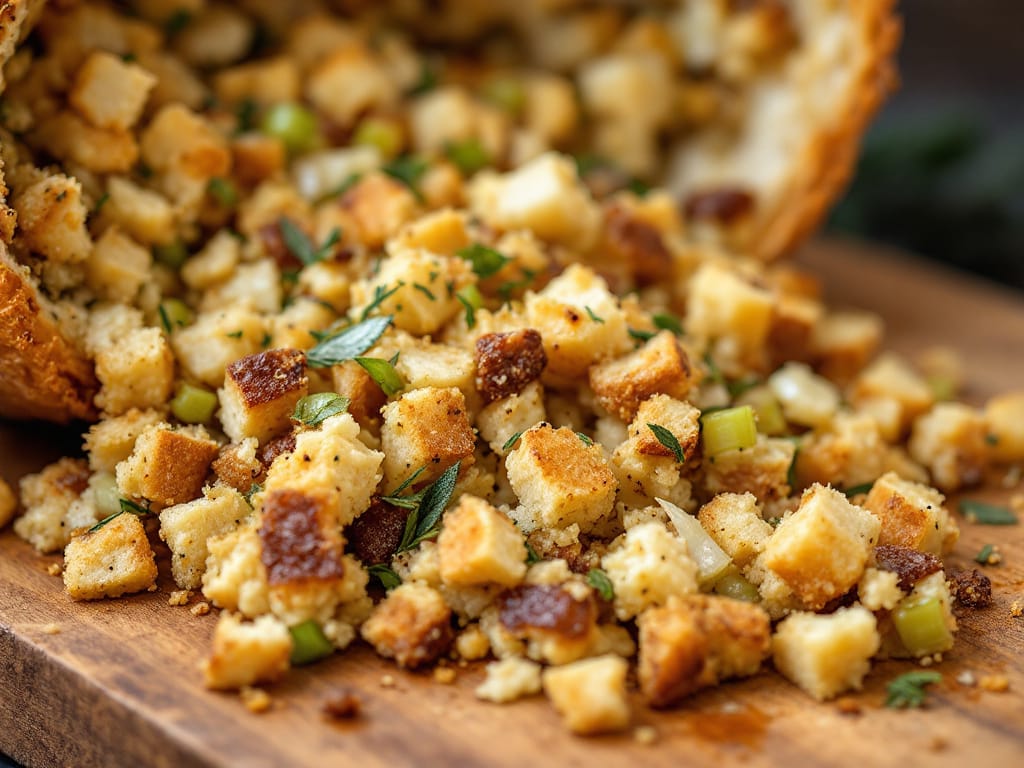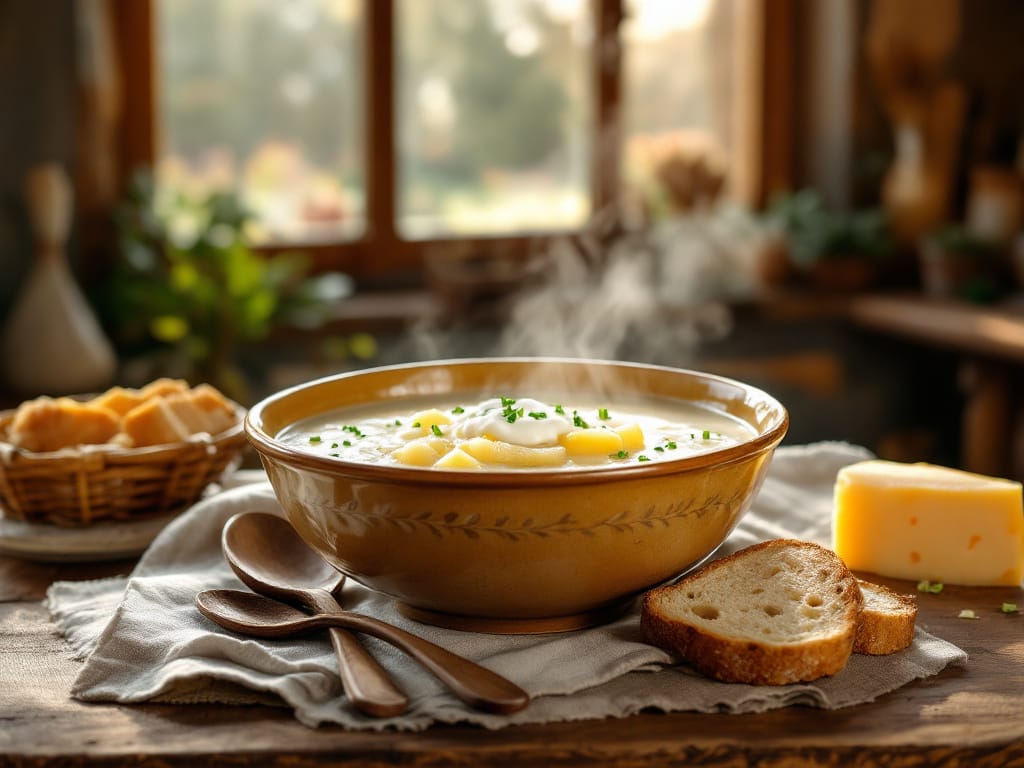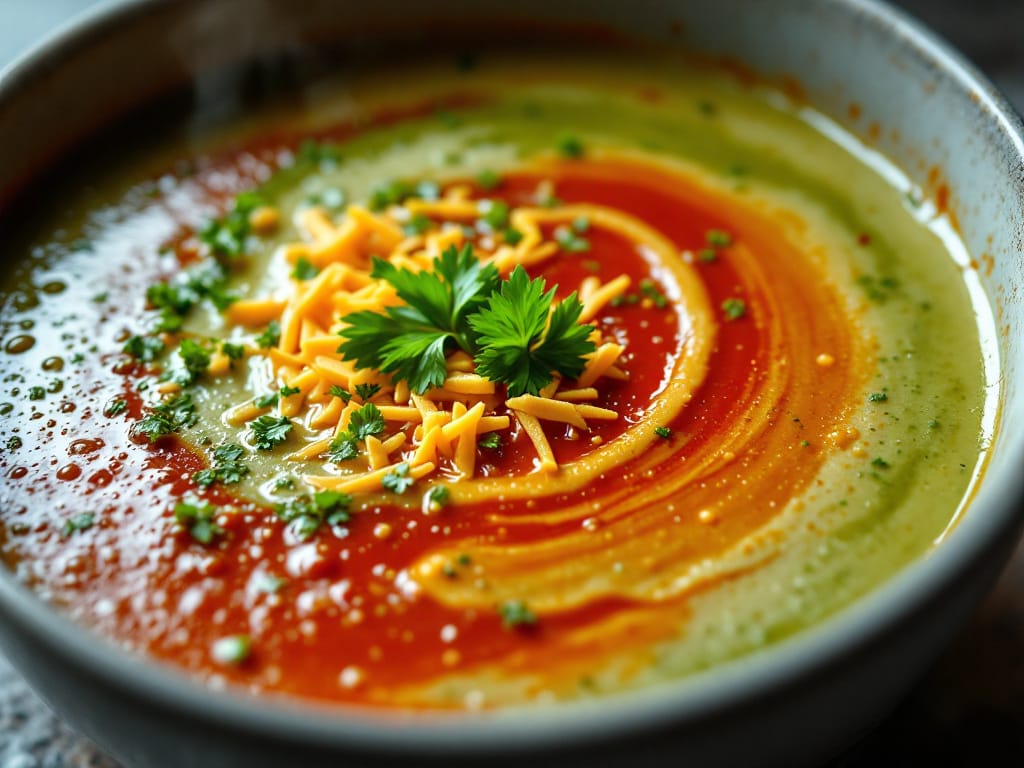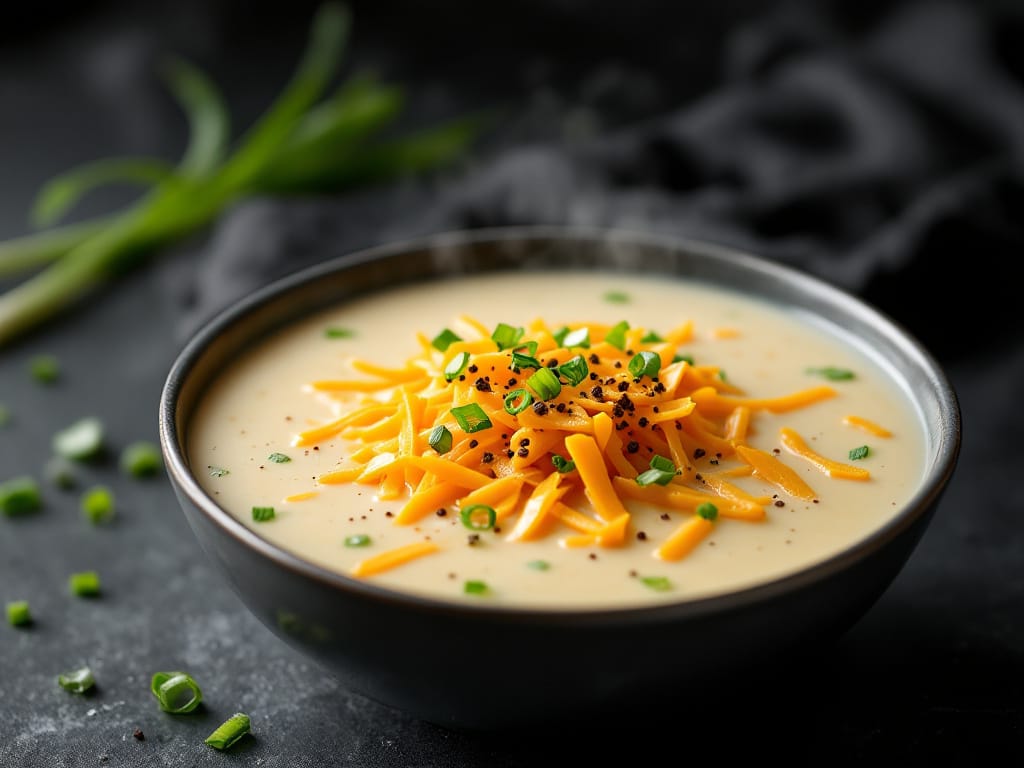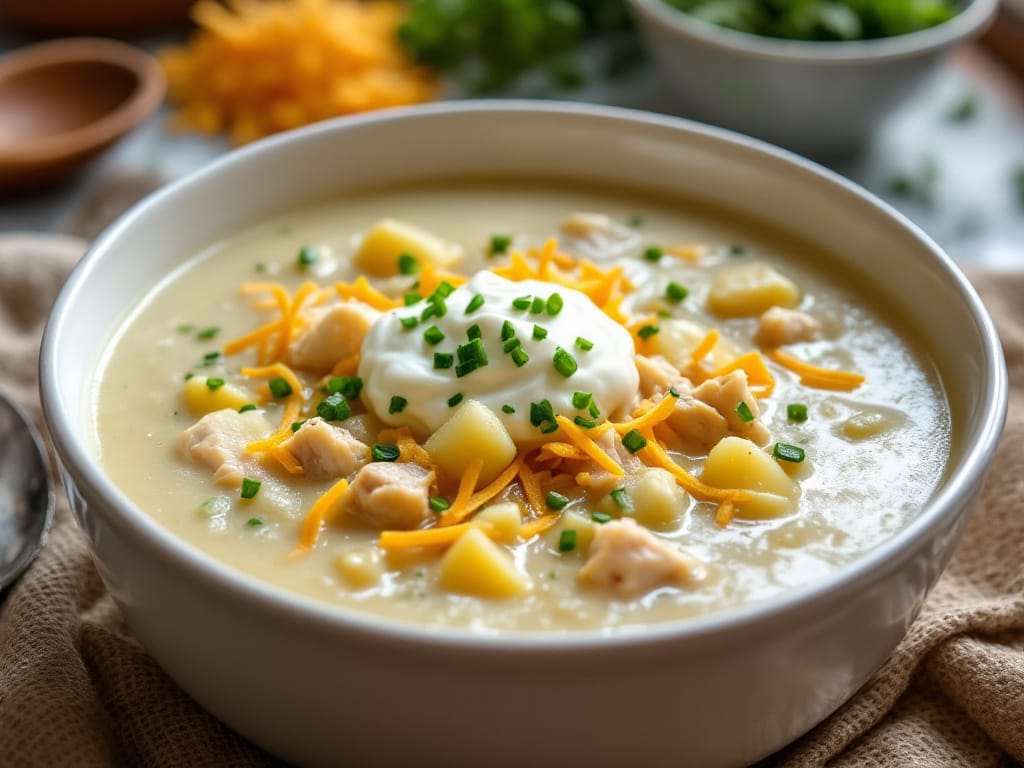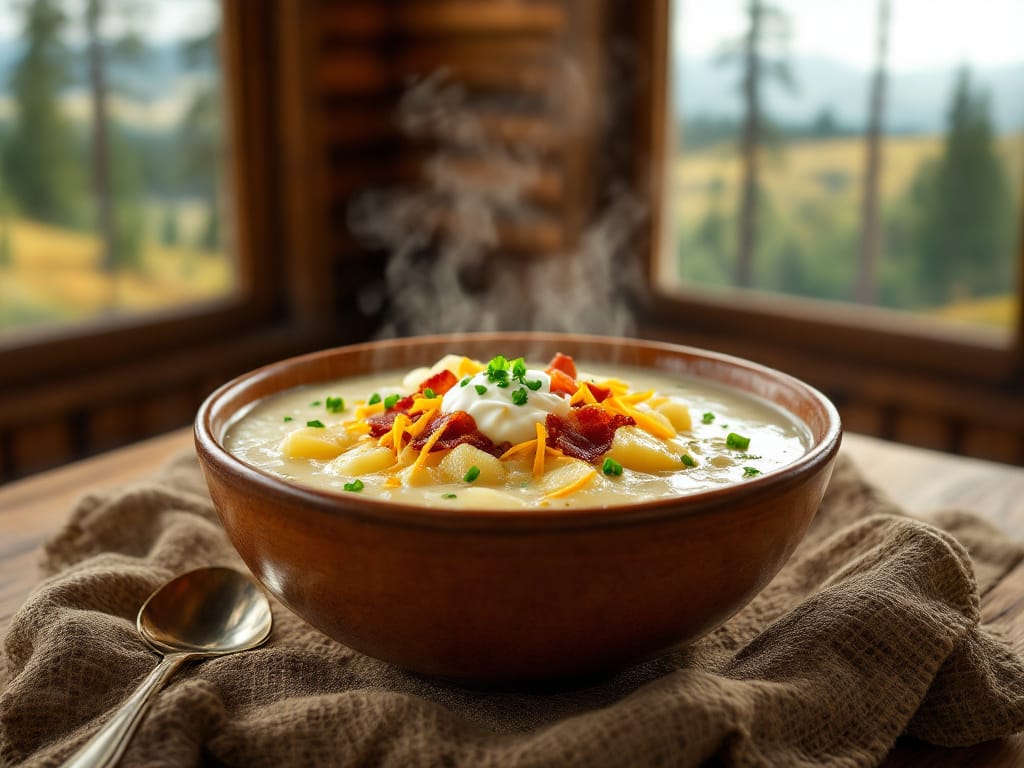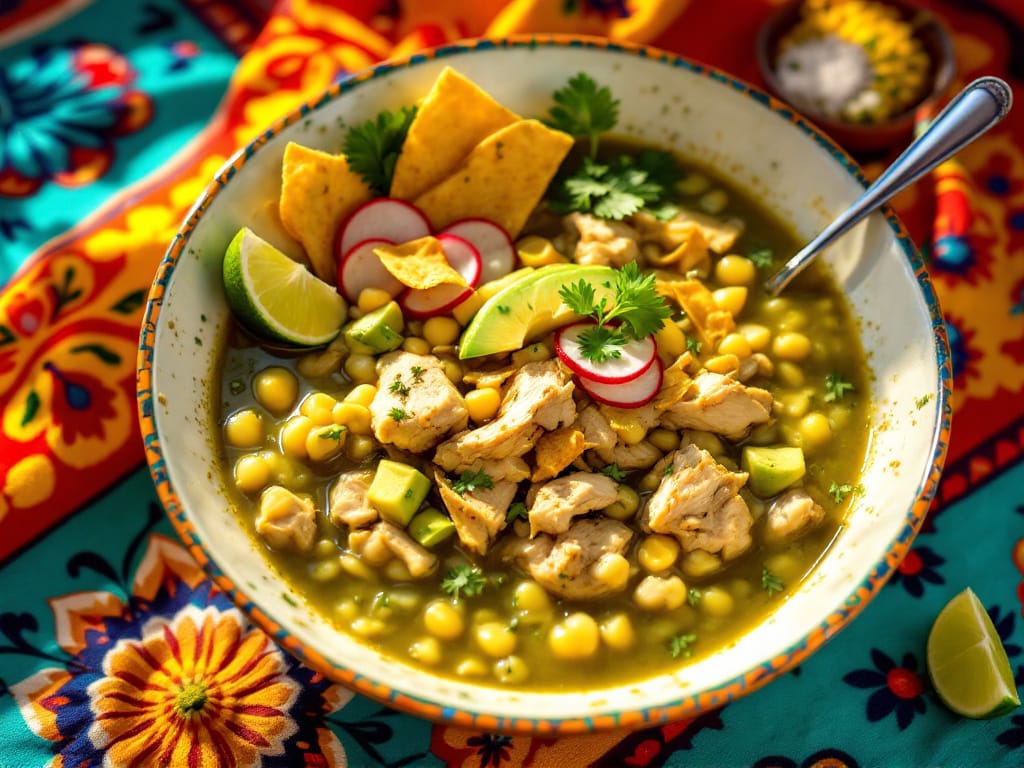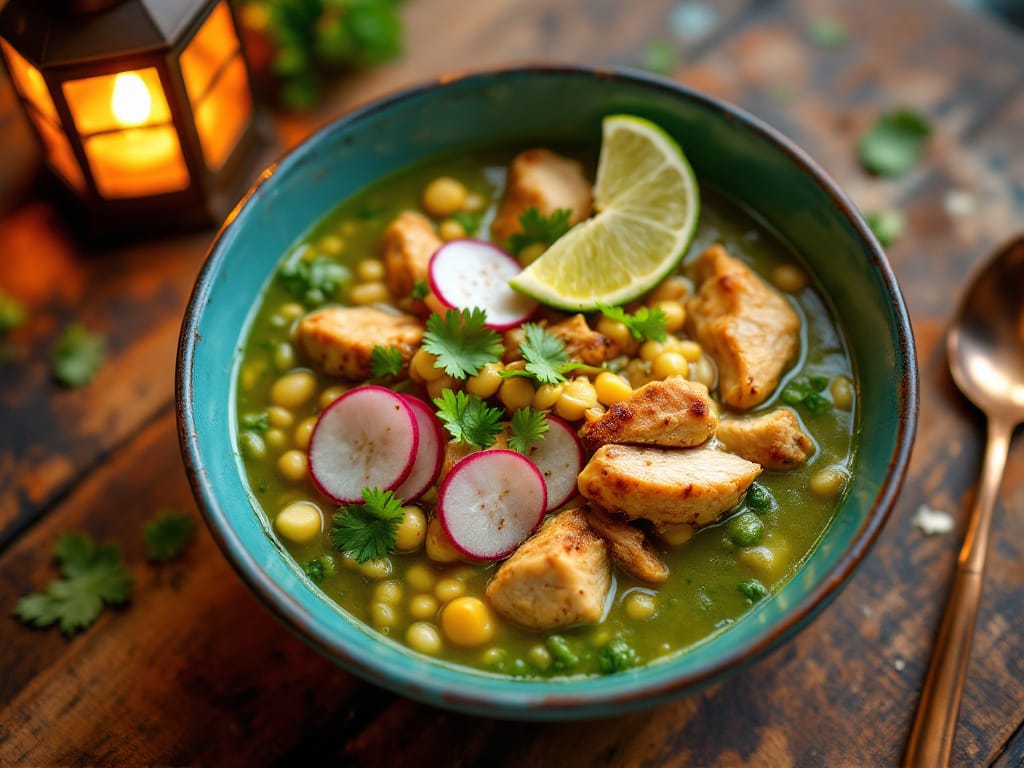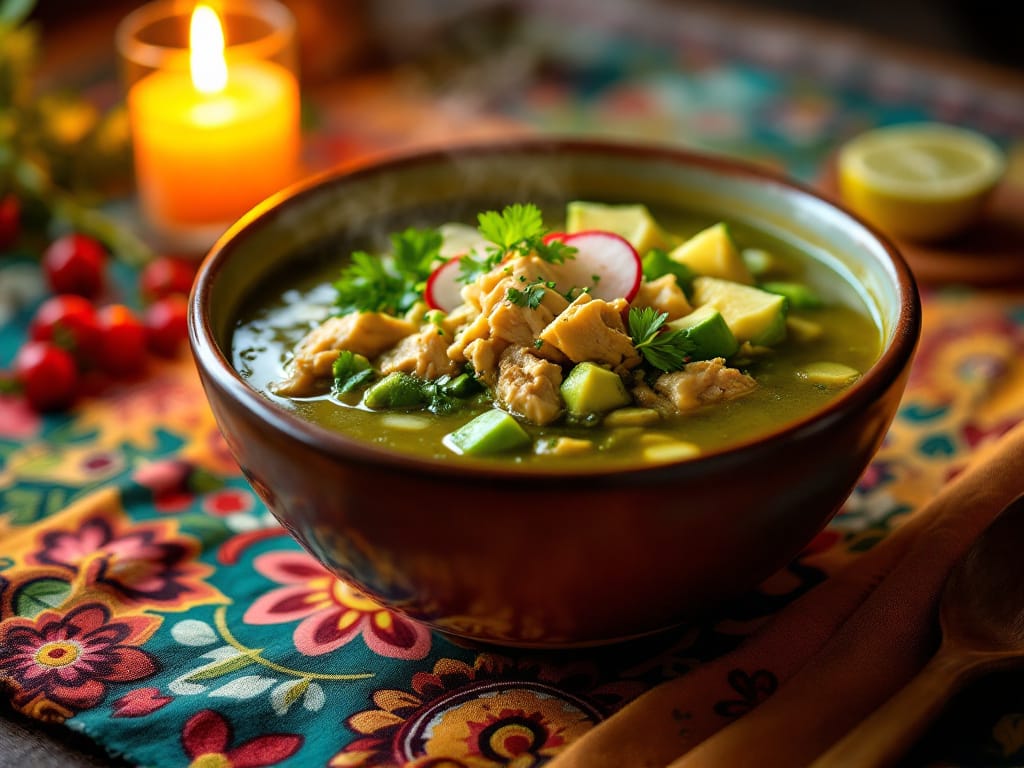Homemade stuffing is a classic dish that has graced holiday tables for centuries. This savory side dish is a blend of bread, aromatics, herbs, and broth, often served alongside poultry. But what exactly is stuffing made of, and how has it evolved over the years? Let’s take a deep dive into its key components, variations, preparation methods, and more.
Definition of Stuffing
At its core, stuffing is a mixture of bread, vegetables, herbs, and liquids, usually prepared to be stuffed inside poultry before roasting. Traditionally, it enhances both the flavor and texture of the meat, allowing the ingredients to absorb juices from the bird. However, stuffing can also be baked separately in a casserole dish, commonly referred to as dressing.
Today, stuffing plays a pivotal role in modern cuisine, especially during holiday meals like Thanksgiving and Christmas. Whether it’s prepared in a turkey, chicken, or served separately, stuffing continues to be a comforting and versatile dish.
Basic Components of Homemade Stuffing
Homemade stuffing can vary greatly depending on the recipe, but there are several key ingredients that most stuffing recipes share. Let’s break down the essential components that give stuffing its rich, savory flavor:
- Bread Base: The foundation of most stuffings is bread, with popular options being white bread, sourdough, or cornbread. For optimal texture, it’s essential to use day-old or toasted bread to ensure it can absorb the liquids without becoming too soggy.
- Aromatics: Onions and celery are the staples in stuffing, providing a flavorful base. Other optional additions include garlic, shallots, and leeks, which add layers of complexity to the dish.
- Herbs and Spices: Sage, thyme, and rosemary are the most common herbs used in stuffing. Additionally, poultry seasoning is a popular choice, often containing a blend of sage, marjoram, and nutmeg, which infuses the stuffing with a warm, savory aroma.
- Liquids: The broth (whether chicken, vegetable, or turkey) is what moistens the bread, making it tender and flavorful. Eggs are often added as a binder, helping to hold the stuffing together.
- Fats: Butter is the traditional fat used in stuffing, adding richness and flavor. For a lighter version, you can substitute olive oil or other plant-based oils.
These ingredients work together to create a stuffing that is both flavorful and comforting, perfect for any festive occasion.
Popular Variations of Homemade Stuffing
While traditional stuffing recipes are delicious, there are many creative variations to consider, each offering unique flavors and textures. Here are some popular twists on the classic recipe:
- Sausage Stuffing: Adding pork sausage to stuffing provides rich flavor and texture. Cooks often brown sausage and mix it with the bread base, occasionally adding apples or cranberries for a touch of sweetness.
- Chestnut Stuffing: Chestnuts add a subtle, nutty flavor to stuffing. This variation often reflects European holiday traditions and pairs beautifully with roasted meats.
- Oyster Stuffing: In coastal regions, cooks incorporate oysters into stuffing to add a briny, oceanic flavor.. This variation is a classic in Southern and New England feasts.
- Cornbread Stuffing: A Southern staple, cornbread stuffing uses crumbled cornbread as the base instead of traditional bread, imparting a slightly sweeter flavor and crumbly texture.
- Vegetarian and Vegan Options: For those with dietary restrictions, you can easily make stuffing vegetarian or vegan by using vegetable broth and substituting plant-based fats like olive oil or vegan butter. Tofu or flaxseed can replace eggs as a binder.
Each variation brings something unique to the table, allowing you to adapt stuffing to suit your tastes or dietary preferences.
Preparation Methods For Homemade Stuffing
Stuffing can be prepared in several ways, each offering different textures and flavors. Here are the three most common preparation methods:
- Traditional Method: This involves stuffing the mixture directly inside poultry, such as turkey or chicken, before roasting. The stuffing absorbs the juices from the bird, creating a savory and moist dish. However, it’s important to ensure the stuffing reaches the safe cooking temperature of 165°F to avoid foodborne illness.
- Baking Separately: Baking stuffing in a casserole dish, also known as dressing, is a popular method. This allows the stuffing to develop a crispy, golden top while remaining moist inside. It’s a safer and easier option, particularly for those who don’t want to stuff the bird.
- Slow Cooker Method: You can use the slow cooker method to prepare stuffing for convenience.. This method requires less hands-on attention and allows you to prepare other dishes while the stuffing cooks slowly to perfection.
Each method offers different benefits, from the flavor infusion in the traditional method to the convenience of the slow cooker. Choose the one that best suits your cooking style and the occasion.
Safety Considerations
When preparing homemade stuffing, safety is a top priority, especially when cooking stuffing inside poultry. Here are some key safety tips to keep in mind:
- Risks of Cooking Stuffing Inside Poultry: Cooking stuffing inside poultry can be risky if not done properly. The stuffing needs to reach an internal temperature of 165°F to ensure it is safe to eat. Always use a food thermometer to check the stuffing’s temperature.
- USDA Recommendations: The USDA recommends that stuffing be cooked separately from poultry to ensure even cooking and to avoid any safety concerns. If you do stuff a bird, don’t overpack the cavity, and cook the stuffing until it reaches the proper temperature.
Enhancing and Serving Homemade Stuffing
Once you’ve mastered the basics, it’s time to focus on enhancing and serving your stuffing to perfection. Here are some tips to elevate your stuffing:
- Achieving the Ideal Moisture Balance: The right amount of moisture is crucial for great stuffing. Add broth gradually to achieve the desired consistency. The stuffing should be moist, but not soggy.
- Ensuring Even Flavor Distribution: Sauté the onions and celery before mixing with the bread base to ensure the flavors are well-developed. Make sure to evenly distribute the herbs and seasonings.
- Adjusting Textures: For a crispy top, bake the stuffing uncovered. For a softer texture, cover the casserole with foil while baking. You can also add toasted nuts or cheese for extra texture and flavor.
Serving Suggestions
Homemade stuffing pairs wonderfully with a variety of main courses:
- It’s a natural complement to roast turkey, chicken, or even pork roast.
- For a vegetarian meal, consider serving stuffing with stuffed squash, roasted vegetables, or mushroom dishes.
For presentation, consider serving your stuffing in a decorative casserole dish or individual ramekins for a more elegant touch. You can garnish with fresh herbs like parsley or sage for a burst of color and fragrance.
Frequently Asked Questions (FAQs)
Here are some common questions about homemade stuffing:
- Can I prepare stuffing ahead of time?
Yes, stuffing can be prepared in advance and stored in the refrigerator for up to a day before baking. Always bake it until it reaches 165°F. - How do I store and reheat leftover stuffing?
Store leftovers in an airtight container in the refrigerator for up to 3-4 days. To reheat, bake at 350°F or microwave with a little added broth. - What are gluten-free alternatives for bread in stuffing?
Use gluten-free bread or cornbread as an alternative to traditional bread. Ensure that your broth and other ingredients are also gluten-free. - Can I freeze homemade stuffing?
Yes, homemade stuffing can be frozen for up to 3 months. Allow it to cool, then store in an airtight container or freezer-safe bag. - How can I add a unique twist to traditional stuffing recipes?
Try adding sausage, dried fruit, chestnuts, or mushrooms to create a unique flavor profile.
Conclusion
Homemade stuffing is a beloved dish that brings comfort and flavor to any meal.Whether you stick to the classic recipe or add your personal twist, you can customize stuffing to suit any palate. Experiment with different ingredients and preparation methods to create a stuffing that’s truly your own. Enjoy the process and the delicious results!e tips, and share your creation with loved ones!

